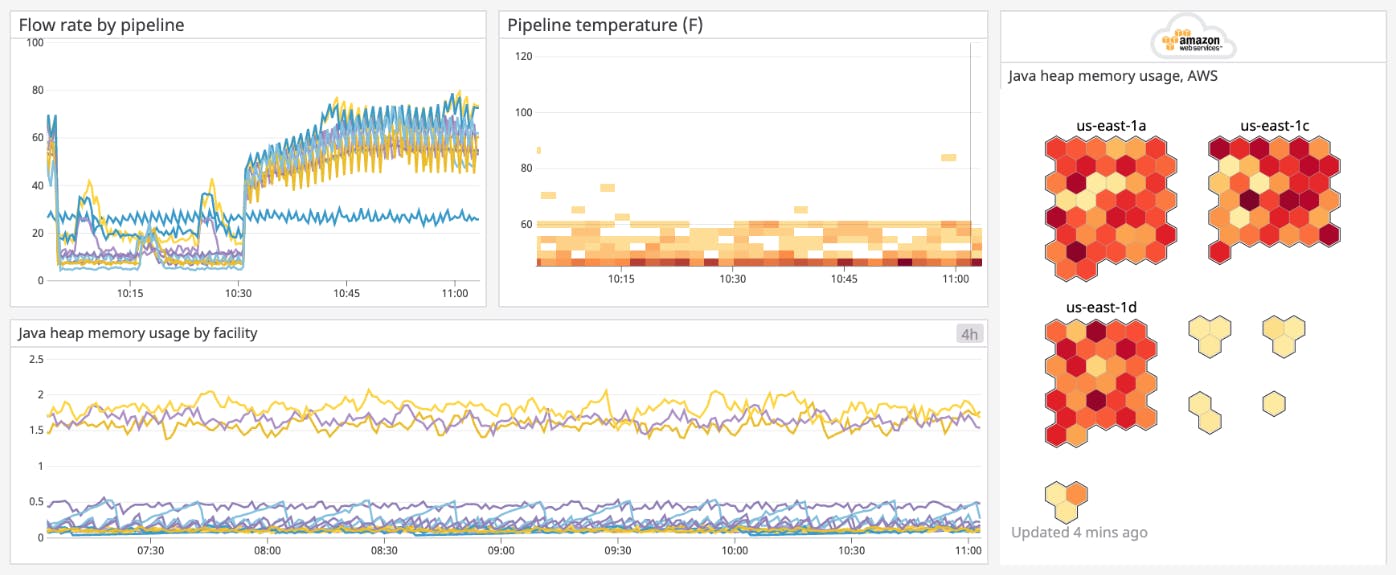


Manuscripts should be submitted online at by registering and logging in to this website. After peer review, submissions will be selected for publication based on their quality and relevance. Modal logic epistemic logic doxastic logic STIT logic dynamic logic temporal logic hybrid logic term-modal logic relational semantics topological semantics logical geometry square of opposition hexagon of opposition Aristotelian diagram historical case studies bitstring semantics Aristotelian isomorphism category theory existential import combinatorial semantics logic-sensitivity.Ĭontributions may be submitted on a continuous basis before the deadline. Both ‘modal logic’ and ‘logical geometry’ are understood in a broad sense, as should be clear from the following non-exhaustive list of topics: It will be devoted to state-of-the-art research on modal logic, logical geometry, and especially, their interaction. This Special Issue aims to provide a platform for further exploration along these lines. On the other hand, many of the relations studied in logical geometry are themselves thoroughly modal in nature, e.g., the condition that two statements cannot be true together, which is used to define the relations of contrariety and contradiction. On the one hand, modal logic has yielded some of the most interesting Aristotelian diagrams known to date, e.g., John Buridan’s 14th-century octagon of opposition for de re modal statements. Modal logic and logical geometry enjoy a deep and many-faceted connection. Over the past decade, it has become increasingly clear that these diagrams can be fruitfully studied as objects of independent interest, which has given rise to the burgeoning research program of logical geometry. Aristotelian diagrams, such as the square of opposition, were traditionally used as a mnemotechnic tool to teach syllogistics, and today, they are frequently used in various areas of logic research. Modal logic has traditionally been concerned with modal notions such as necessity, possibility and contingency, and today, it encompasses various other notions, such as knowledge, obligation, action, etc. The area of modal logic and the toolkit of Aristotelian diagrams (e.g., the square of opposition) have a long history in philosophy, and nowadays they are also intensively studied in computer science, mathematics, linguistics, etc.


 0 kommentar(er)
0 kommentar(er)
